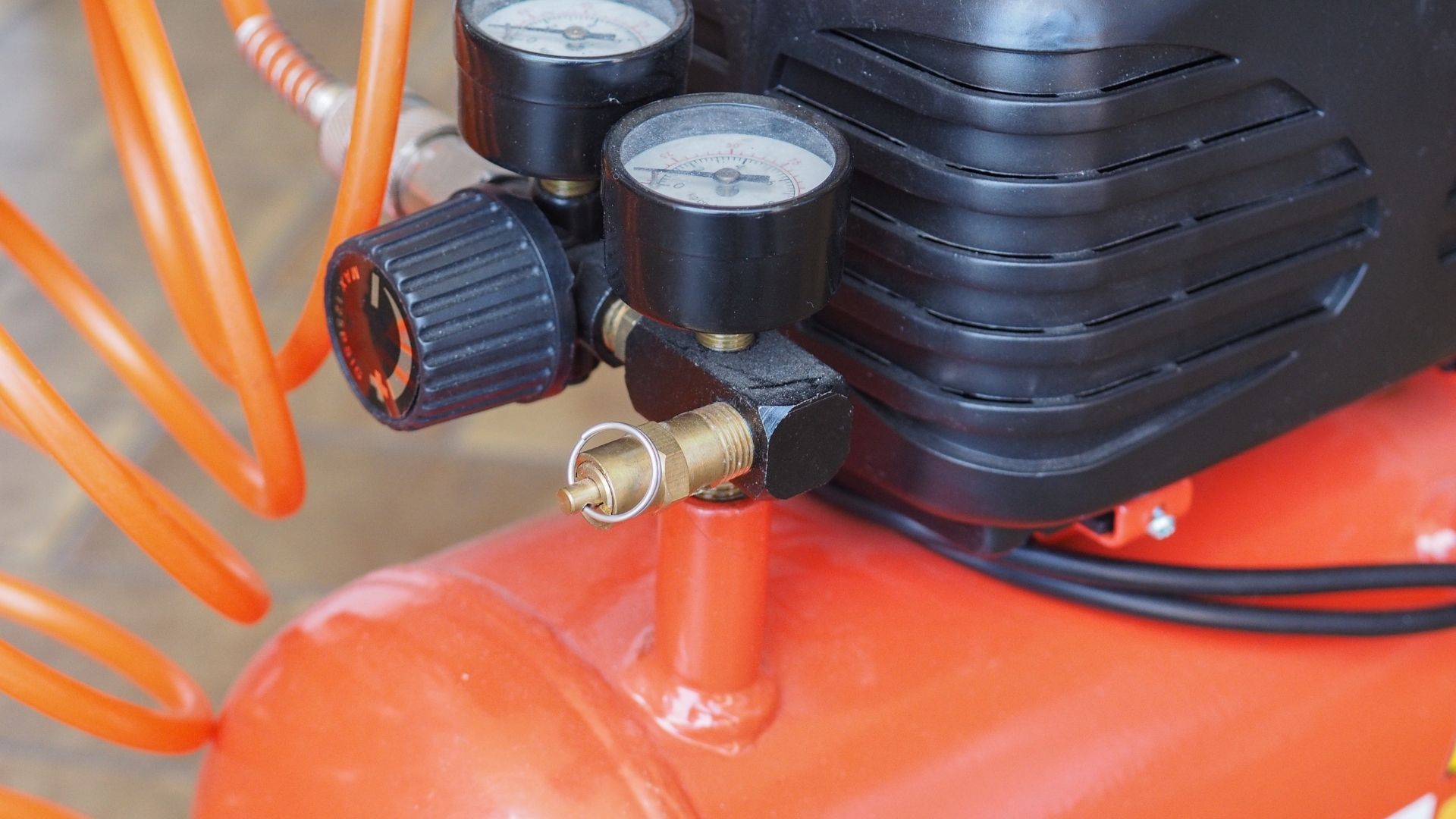Air compressors are one of the most versatile and useful tools in several industries. Many professionals or specialists agree that rotary screw air compressors are the best. A rotary screw air compressor is powerful, quieter, and can run 24/7 365 days a year if necessary. These machines are easy to install, utilize, and in many cases, more affordable than reciprocating air compressors.
There are two types of rotary screw air compressors. These are oil-injected and oil-free. Let’s take a look at each.
Oil-injected Rotary Screw Air Compressors
Oil-injected rotary screw air compressors use oil to keep the machine parts lubricated and running smoothly. Oil is on the chamber cylinder walls and bearings, also referred to as an “oil bath.” These rotary screw air compressors run more efficiently in the long-term but require more routine maintenance.
Oil-free Rotary Screw Air Compressors
Oil-free rotary screw air compressors don’t use oil to flood the compression chambers. Instead, these compressors use anti-corrosive materials and lubrication treatments for all machine parts. Oil-free rotary screw compressors typically require more upfront investment and are usually noisier than the oil-injected counterparts. However, you don’t have to worry about oil contamination, which can mean trouble in some facilities.
What to Get? Oil-free or Oil-injected Rotary Screw Compressor
Now that you know the kinds of rotary screw compressors available, there’s just one question left. Should you choose an oil-injected or oil-free rotary screw air compressor?
Well, you should base your choice on the application or use cases. Assess your facility’s needs and determine risk factors. If the consequences of oil contamination are too significant, an oil-injected rotary screw compressor isn’t the best option. You’re better off getting an oil-free rotary screw air compressor.
For example, the consequence of oil contamination in a food production establishment is high and sometimes insurmountable. But the consequence of oil contamination in a manufacturing facility is quite low and often surmountable.
However, oil-free compressors tend to require a more considerable investment. So unless there’s an immediate need or the risk factors are too great, oil-injected is a more economical choice.
Picking the Right Capacity and Pressure for Your Needs
You may not be sure of what you need in terms of capacity and pressure, especially if this is your first compressor. You’ll need something that can supply the amounts of compressed air desired, and at the right pressure.
To avoid buying a rotary screw compressor that’s too big or small, consider the following tips.
- Check your equipment’s specs or manual to identify the amount of air and pressure it needs to operate.
- To account for load-unload differential and pressure drops, add 1.5 bar to the minimum required pressure.
- Determine the amount of air all of your equipment will consume by adding the air requirements up. Then buy a rotary air compressor that has a slightly higher capacity and pressure.
- If you’re replacing an old compressor that was adequate for your needs, pick up a new compressor with the same pressure and capacity. You can also account for business expansion by buying something a bit bigger.
Do You Need a Rotary Screw Air Compressor?
Rotary screw air compressors are best for factories (small and large facilities), workshops, garages, or anyone that needs lots of compressed air. If any of that sounds like you, then a rotary screw air compressor should meet your needs.
However, if none of the aforementioned applies to you, then a rotary screw air compressor isn’t necessary. If you only need compressed air for hand-held tools, DIY home stuff, or rarely need compressed air – a reciprocating compressor is likely the best option in such cases.



